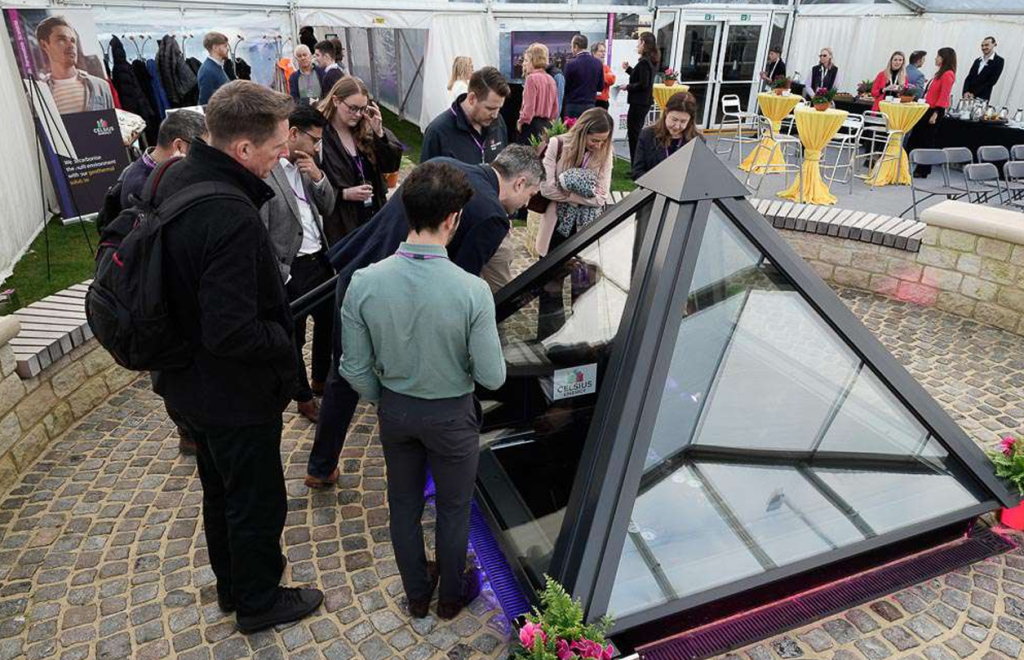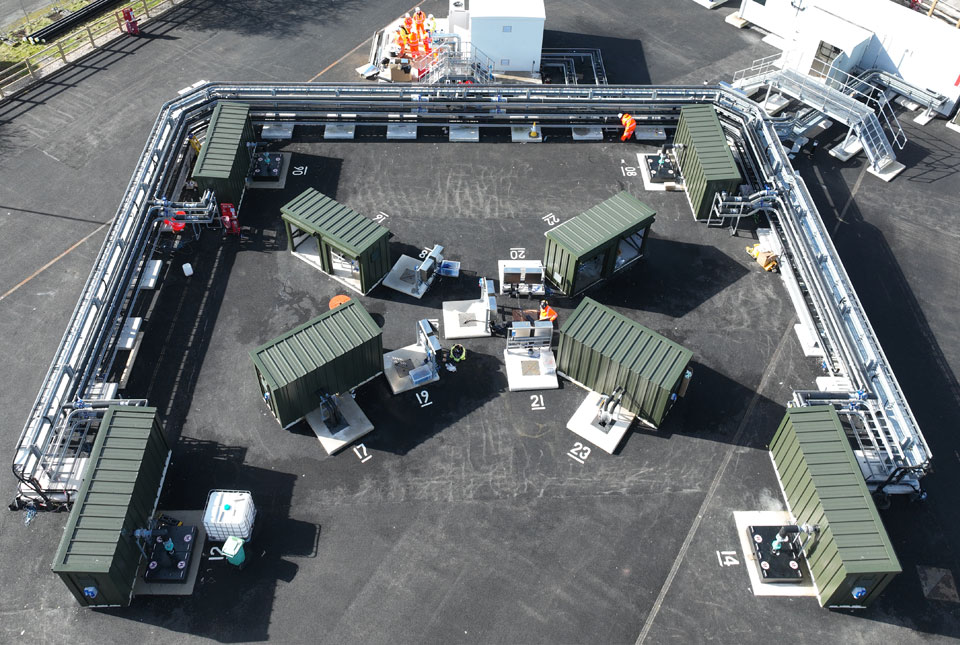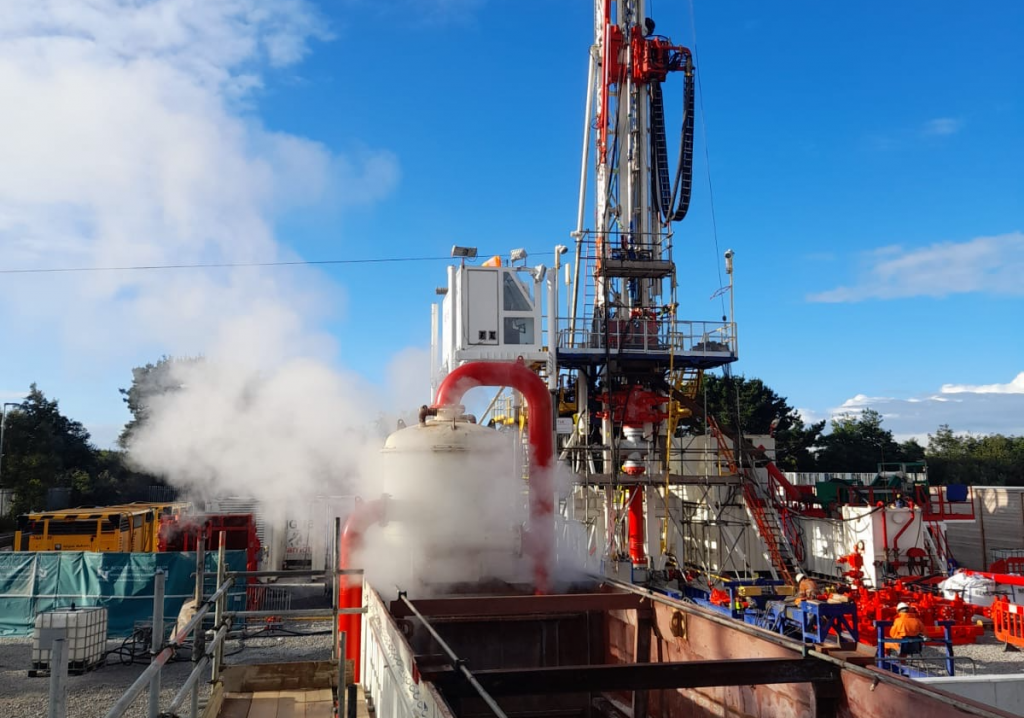 Zinc batteries are beginning to crowd lithium-ion out of the energy storage picture, with green hydrogen also in play.
Zinc batteries are beginning to crowd lithium-ion out of the energy storage picture, with green hydrogen also in play.More renewable energy is pouring into the grid, sparking the demand for new, low-cost energy storage systems. A European consortium has come up with new a solution that could fit the bill, in the form of grid-scale zinc batteries that double as green hydrogen generators. That’s a big step up for zinc, which up until now has played a minor role in the energy storage field.
Grid-Scale Zinc Batteries Are Coming, EventuallyDue to their relatively low cost and abundance of raw materials, zinc batteries have been attracting attention for their potential use in large scale energy storage systems. Zinc batteries also deploy a water based electrolyte, providing them with a safety edge over the flammable electrolyte sported by lithium-ion batteries. The safety angle makes zinc batteries a good fit for home energy storage systems, too.
None of that has happened yet. Zinc batteries are most commonly found in flashlights and other small devices. Their application to large scale energy storage has been limited by their inability to withstand the thousands of charge-discharge cycles needed for cost-competitive grid scale energy storage.
That could be about to change. Newly published research from Oregon State University indicates that a new electrolyte could solve the problem.
“Zinc metal batteries are one of the leading candidate technologies for large-scale energy storage. Our new hybrid electrolyte uses water and an ordinary battery solvent, which is non-flammable, cost-effective and of low environmental impact,” explains research team leader Xiulei “David” Ji of the OSU College of Science.
Ji and his team tackled the problem of Coulombic efficiency, which is sorely lacking in conventional zinc batteries. They do a good job of charging up, but the zinc anode does not want to give up its electrons during the discharge cycle, when it is dissolved in the electrolyte.
With the new electrolyte, the OSU team achieved a Coulombic efficiency of 99.95%, matching the efficiency of lithium-ion batteries.
Dunkelflauten & Hydrogen-Producing Zinc Battery Of The FutureThe poor Coulombic performance of conventional zinc batteries occurs because the zinc touches off a parasitic reaction in water, producing hydrogen. If that’s starting to ring some green hydrogen bells in your head, you are not the only one.
Green hydrogen refers to hydrogen gas produced from water by electrolysis systems, with the electricity provided by renewable energy (lots more CleanTechnica coverage is here). The connection to zinc battery technology has caught the eye of a European research team headed up by the Fraunhofer IZM institution in Germany.
As described by Fraunhofer IZM, the new system aims for an all-in-one solution to the problem of dunkelflauten, which is the German word for periods when a dense cloud cover stymies power generation from wind and solar resources.
“Starting with proven battery designs that use zinc anodes, the researchers add alkaline water electrolysis to come up with a completely new technology,” Fraunhofer IZM explains.
When the battery charges, water oxidizes into oxygen, and zinc oxide reduces to metallic zinc. The green hydrogen magic happens during the discharge cycle, when metallic zinc reduces back to zinc oxide and the water is also reduced, releasing hydrogen gas.
“This is a unique combination of a regular battery and a source for hydrogen, with a total electrical storage efficiency of 50%, which is double the efficiency of other, currently preferred power-to-gas systems,” enthuses Dr. Robert Hahn of Fraunhofer IZM, who is coordinating the project.
Next Steps For Zinc Energy StorageDon’t hold your breath for the new zinc grid-scale, dunkelflauten-fighting energy storage system of the future. The work is still in the development phase. However, the lab testing phase is coming to a close and the team expects to have an eight-cell demonstration unit up and running by the end of the year.
If all goes according to plan the result will be a system that produces both electricity and hydrogen on demand. That many seem redundant, but hydrogen is a transportable energy medium that can fill gaps and relieve bottlenecks in electricity transmission.
“By contrast to common lithium batteries, zinc batteries are substantially cheaper and need only easily available, fully recyclable materials (steel, zinc, and potassium hydroxide),” Fraunhofer IZM adds.
Zinc Battery Solves The Dendrite ProblemThe Fraunhofer IZM team is also confident that they have the dendrite problem under control. Dendrites are hairy, tree-like growths that form in lithium-ion batteries, limiting their efficiency over time. The same thing can happen in zinc batteries, too.
“First tests with individual cells have produced very promising results: In a realistic use cycle with seasonal fluctuations in daylight and in daily use for storing solar power, the cheap-to-build catalysts is expected to provide a service live of ten years or more,” Fraunhofer reports.
Ten years may seem relatively short for a grid-scale energy storage solution, but the research team anticipates that the low cost of zinc batteries could offset the cost of replacing a battery energy storage system after 10 years instead of 15 or more.
Money is already on the line. The zinc battery project is a public-private endeavor with the companies Zn2H2 GmbH and Steel PRO Maschinenbau GmbH on board along with Fraunhofer and other institutional participants.
The Age Of ZincThe age of lithium-ion technology is far from over, zinc is beginning to use its outdoor voice. In addition to zinc metal batteries like the one under development by the Fraunhofer team, zinc-air technology is also in the running for grid-scale energy storage.
The US Department of Energy is also interested in zinc for EV batteries. The agency’s ARPA-E office funded a cutting edge zinc-air EV battery research project back in 2010, when zinc batteries were still considered non-rechargeable.
That project seems to have sputtered out, but a zinc-air battery award to the startup EnZinc in 2014 seems to have panned out. Enzinc has also received funding from the California, and earlier this month the company was honored with the Coup de Coeur prize of the World Materials Forum.
Another example of innovaiton in the zinc-air field comes from a research team in China, which has proposed a zinc-air system that deploys magnetic fields to improve energy density, prevent dendrite formation, and cut down on parasitic reactions.
Flow battery innovators have also been incorporating zinc, with a new zinc-cerium formula attracting more attention in recent months.
As for home energy storage systems, last fall the leading US home builder Horton World Solutions began laying plans to incorporate modular zinc energy storage systems in construction plans, so stay tuned for more on that.







